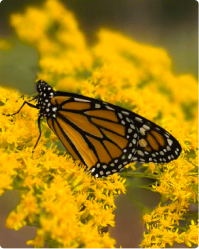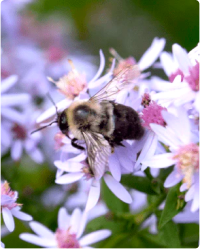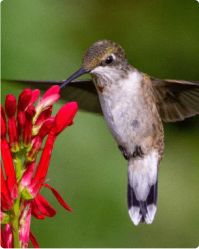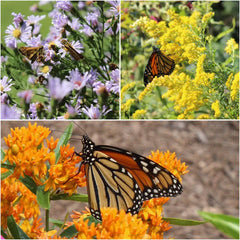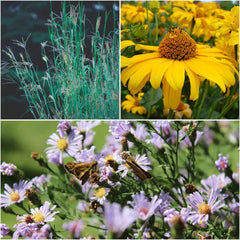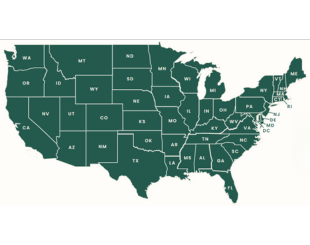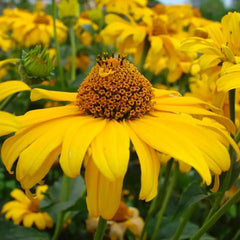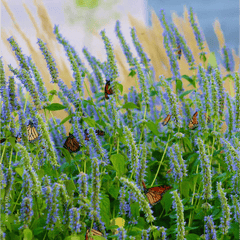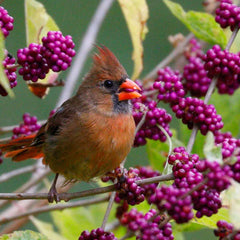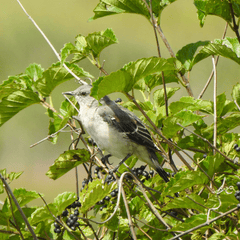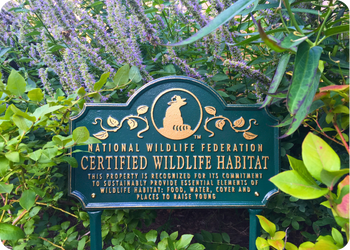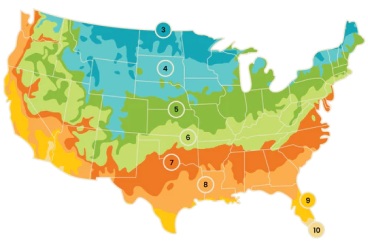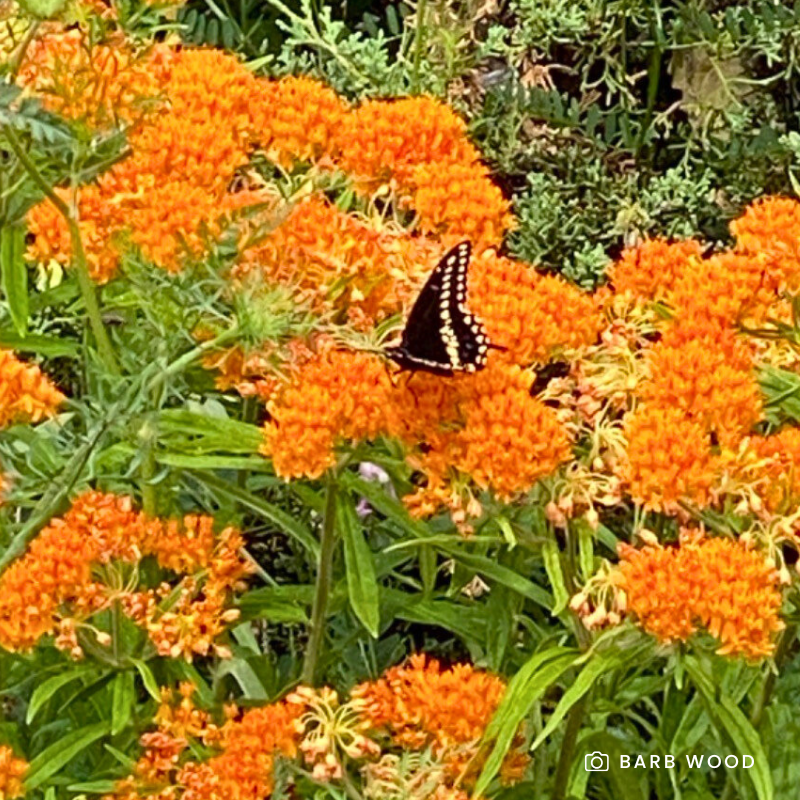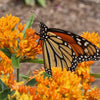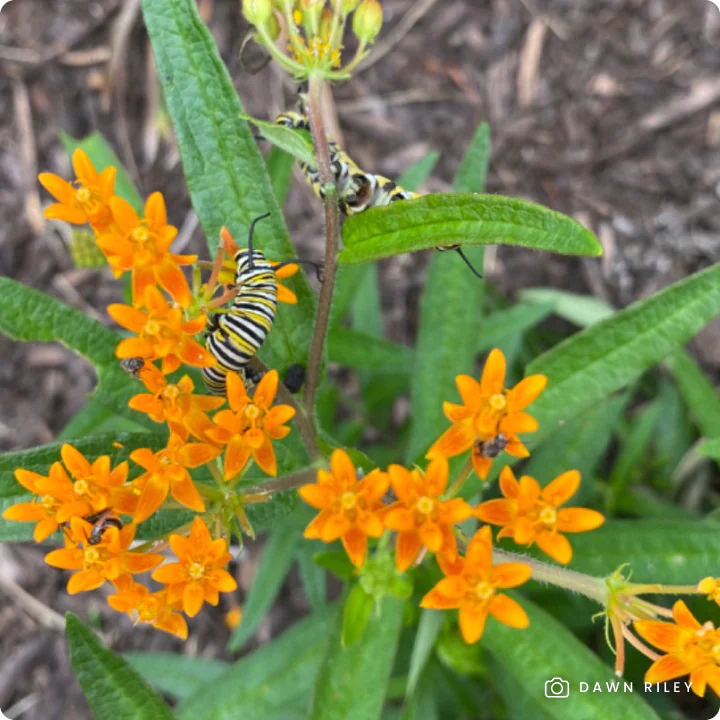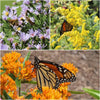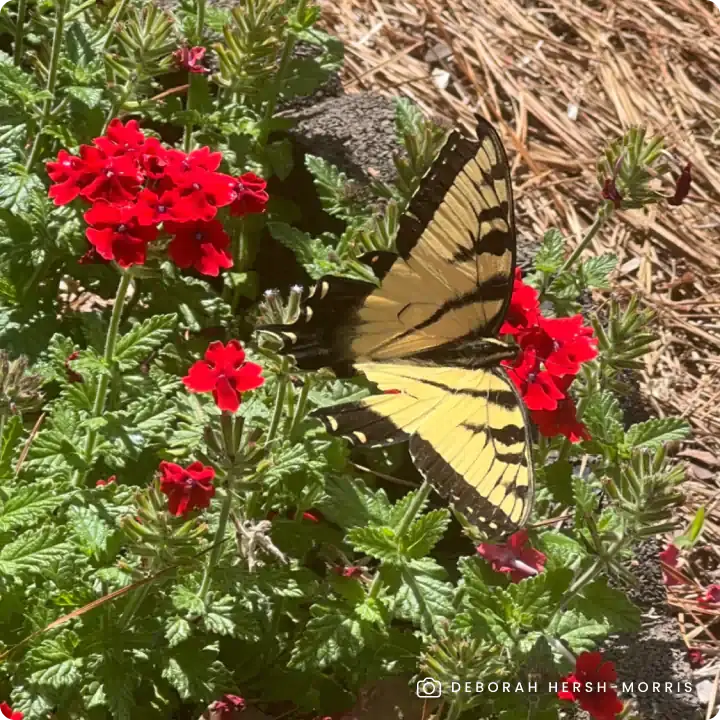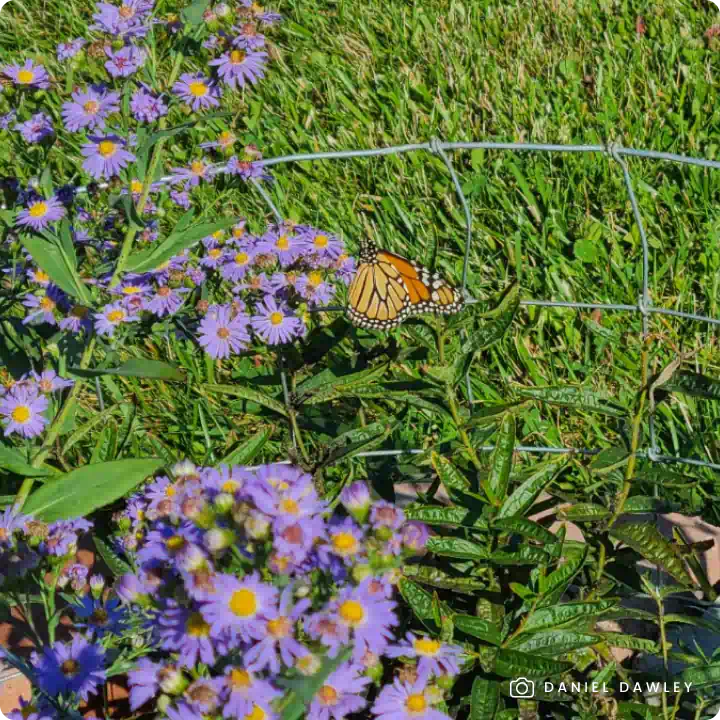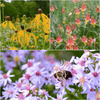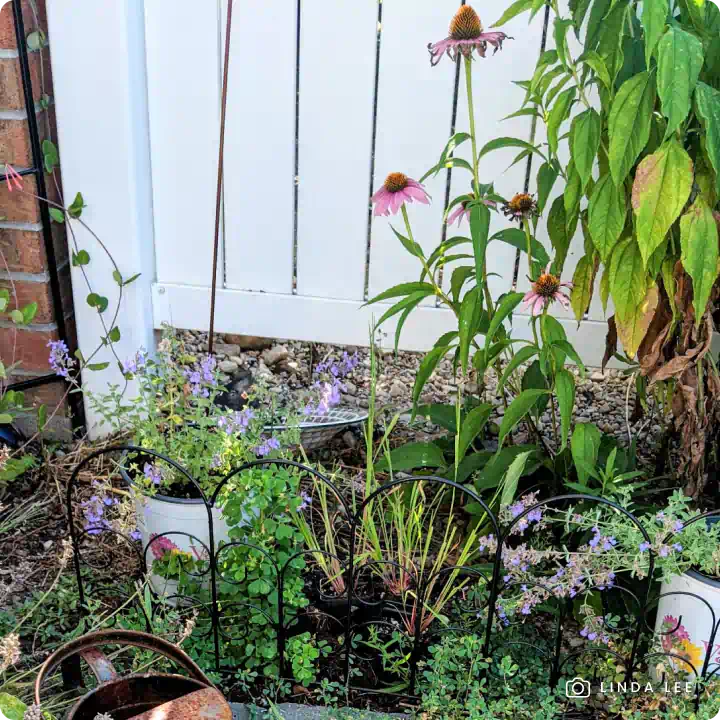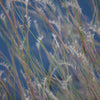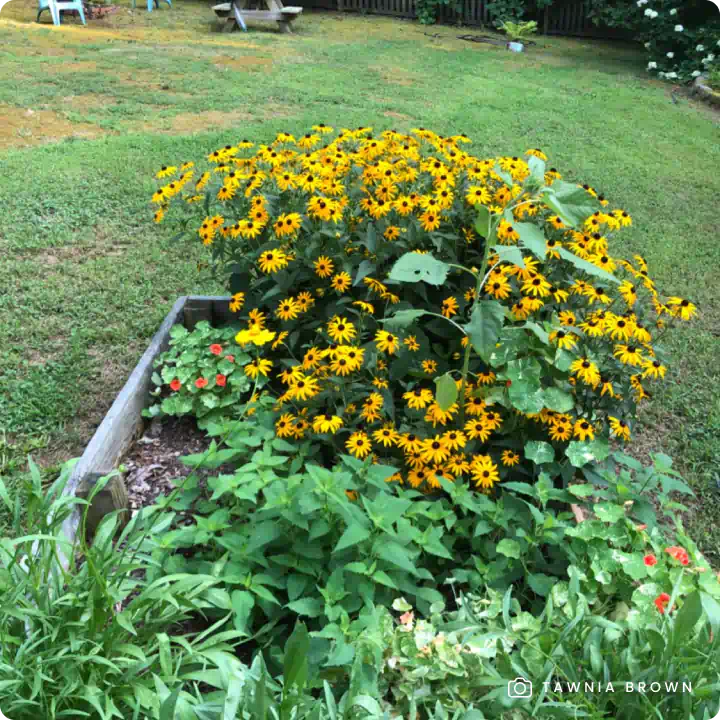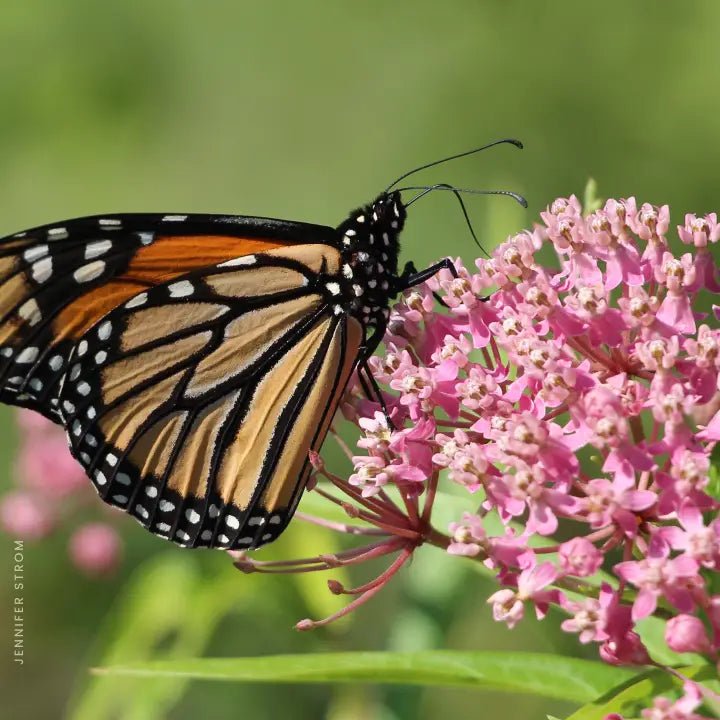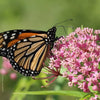Coyote Mint (Monardella villosa) is a perennial subshrub with gray-green, mint-scented foliage. It forms a small bush or matted groundcover tangle and produces rounded clusters of small, delicate, bright lavender or pink flowers from May to August. The flowers are attractive to bees and especially to butterflies, which use them as a nectar source. This plant is native to the California coast.
Why Choose Coyote Mint?
- Pollinator Powerhouse: The flowers are a nectar source for butterflies and bees, and the plant serves as a host for several moth species, including the Shasta Pyrausta moth and California Pyrausta moth.
- Fragrant Foliage: The leaves have a pleasant, minty scent. They can be steeped to make a tea.
- Drought Tolerant: Coyote Mint is drought tolerant, performing best in well-drained soils and tolerating sandy, loamy, and even saline or serpentine soils.
- Low Maintenance: This plant is deer resistant and handles infertile soils.
- Pollinator-Safe: Grown non-GMO and free of harmful neonicotinoids, promoting a healthy ecosystem for pollinators and wildlife.
Available in sets of three, six, or 12 plants to suit any garden size.
Planting Tips:
- Location: Plant in full sun or part shade. Full sun exposure is best if you want to attract butterflies.
- Watering: Excellent drainage is crucial, as this plant dislikes soggy conditions. While drought tolerant, foliage and bloom quality improve with some summer irrigation, particularly in inland areas.
- Maintenance: Minimal care required. There's no need to deadhead the flowers, as allowing them to go to seed provides a valuable food source for birds. Leaving the stems standing in the fall offers overwintering sites for beneficial insects. If desired, cut back the stems in late spring after pollinators have emerged.
For more information on planting, view our How to Plant Your Native Plants guide and other planting tips in the Garden for Wildlife Learning Center.
Add Coyote Mint to your garden for its fragrant foliage, delicate lavender flowers, and vital support for butterflies and other pollinators.
